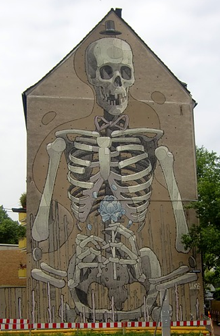Het arrangement Street Art v456 is gemaakt met Wikiwijs van Kennisnet. Wikiwijs is hét onderwijsplatform waar je leermiddelen zoekt, maakt en deelt.
- Auteur
- Laatst gewijzigd
- 01-08-2017 11:59:39
- Licentie
-
Dit lesmateriaal is gepubliceerd onder de Creative Commons Naamsvermelding-GelijkDelen 4.0 Internationale licentie. Dit houdt in dat je onder de voorwaarde van naamsvermelding en publicatie onder dezelfde licentie vrij bent om:
- het werk te delen - te kopiëren, te verspreiden en door te geven via elk medium of bestandsformaat
- het werk te bewerken - te remixen, te veranderen en afgeleide werken te maken
- voor alle doeleinden, inclusief commerciële doeleinden.
Meer informatie over de CC Naamsvermelding-GelijkDelen 4.0 Internationale licentie.
Aanvullende informatie over dit lesmateriaal
Van dit lesmateriaal is de volgende aanvullende informatie beschikbaar:
- Leerniveau
- VWO 6; VWO 4; VWO 5;
- Leerinhoud en doelen
- Engelse taal en cultuur; Lezen; Gesprekken voeren; Spreken; Luisteren en kijken; Schrijven;
- Eindgebruiker
- leerling/student
- Moeilijkheidsgraad
- gemiddeld
- Trefwoorden
- arrangeerbaar, leerlijn, rearrangeerbare

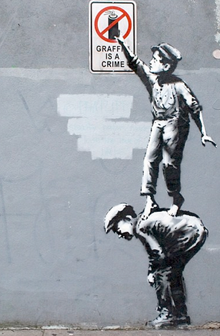

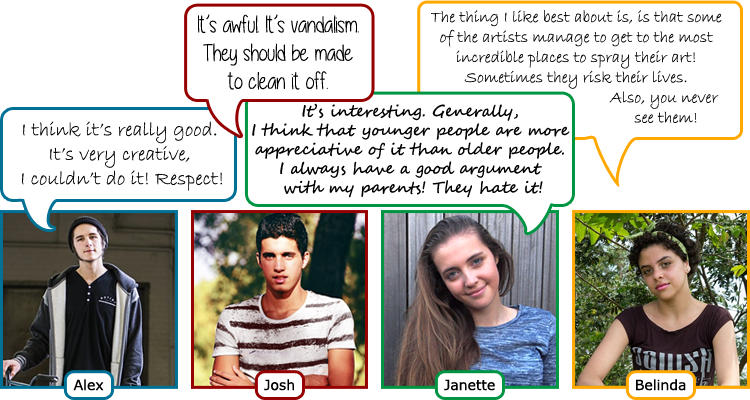

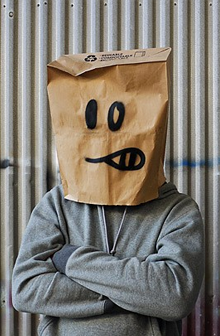 Banksy melds street-fighting passion and pacifist ardor in his image of a protester whose Molotov cocktail morphs into a bouquet. (Pixelbully / Alamy)
Banksy melds street-fighting passion and pacifist ardor in his image of a protester whose Molotov cocktail morphs into a bouquet. (Pixelbully / Alamy)

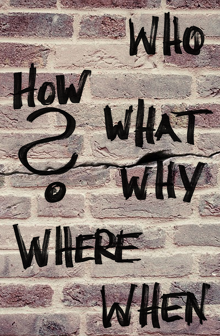
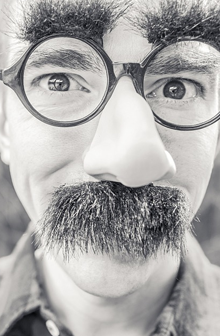
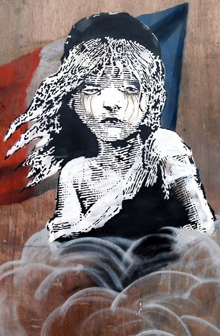 profiling to back up a theory over the identity of mysterious street artist Banksy. Scientists at Queen Mary University of London said the pattern of how Banksy’s artworks were distributed suggested he was artist Robin Gunningham.
profiling to back up a theory over the identity of mysterious street artist Banksy. Scientists at Queen Mary University of London said the pattern of how Banksy’s artworks were distributed suggested he was artist Robin Gunningham.